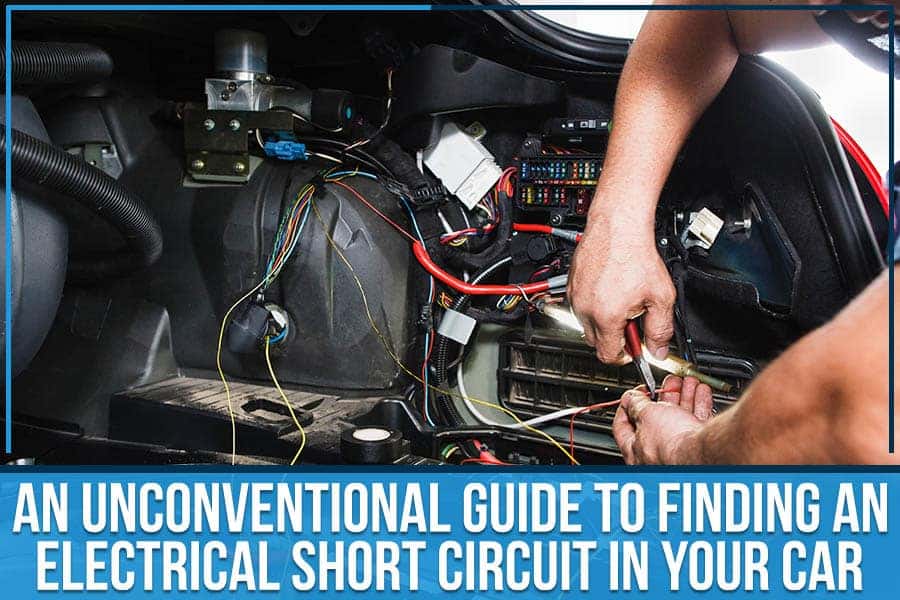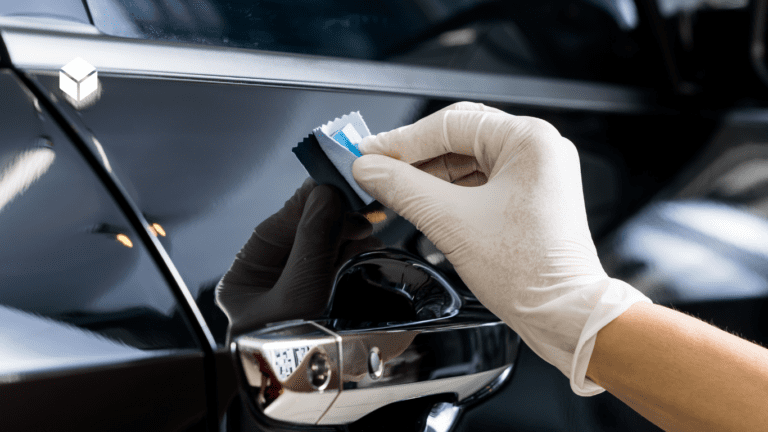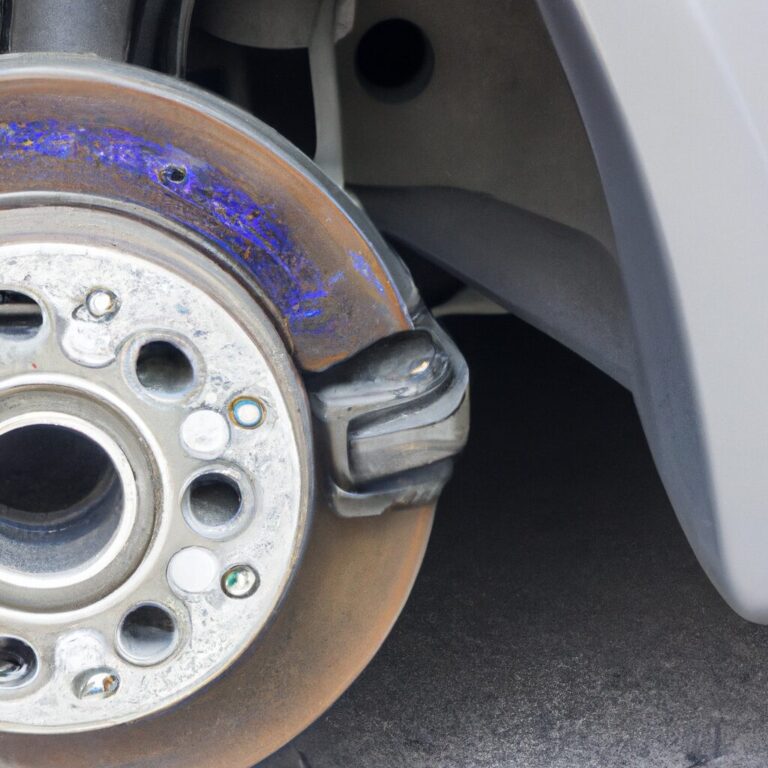What Are Common Ways to Fix Car Electrical Issues?
Common ways to fix car electrical issues include checking and replacing fuses, testing and replacing the battery, inspecting and cleaning corroded connections, and diagnosing and replacing faulty wiring or switches. When your car experiences electrical problems, it can be frustrating and inconvenient.
Whether it’s a dead battery, malfunctioning lights, or a faulty starter, these issues can disrupt your daily routine and even compromise your safety on the road. Fortunately, there are common solutions to address car electrical problems and restore your vehicle’s functionality.
By understanding the potential causes and knowing how to troubleshoot and fix these issues, you can save time and money by avoiding unnecessary trips to the mechanic. We’ll explore some common ways to diagnose and fix car electrical issues, empowering you to tackle these challenges with confidence.
Diagnosing Car Electrical Problems
Discovering and addressing car electrical issues involves troubleshooting and identifying root causes, from faulty wiring to dead batteries or malfunctioning components. Repairs may include replacing fuses, testing alternators, or repairing damaged wiring to ensure optimal vehicle performance and safety.
When your car experiences electrical issues, diagnosing the problem is the crucial first step in getting it back on the road. Identifying common electrical issues and using diagnostic tools can help you pinpoint and fix car electrical problems efficiently. By understanding these key steps, you can save time and money by resolving the issue yourself or providing accurate information to a professional mechanic.
Identifying Common Electrical Issues
Identifying common electrical issues is the initial step in diagnosing car electrical problems. By recognizing the signs and symptoms of these issues, you can narrow down the root cause and enable effective troubleshooting.
Here are some common electrical issues to be aware of:
- Dim or flickering headlights
- Blown fuses or circuit breakers
- Malfunctioning power windows or locks
- Non-functional dashboard gauges
- Intermittent loss of power
- Strange odors from electrical components
To identify the cause of these issues, it’s important to inspect the affected circuit, check for loose connections, and visually examine electrical components. In some cases, a faulty battery or alternator could be the culprit. Taking note of the symptoms and being observant during the identification process will greatly assist in resolving the problem.
Using Diagnostic Tools
When it comes to diagnosing car electrical problems, using diagnostic tools is a game-changer. These tools will help you analyze the car’s electrical system, retrieve error codes, and provide valuable data for determining the root cause of the issue. Here are some commonly used diagnostic tools:
- Scan Tools – These handheld devices connect to the car’s computer system to retrieve error codes and identify specific problem areas.
- Multimeter – This tool measures voltage, current, and resistance, allowing you to test electrical connections and identify faulty components.
- Circuit Testers – These testers are used to check if a circuit has power and to locate open or short circuits.
- Test Lights – Simple yet effective, test lights can help determine if power is reaching a specific component or circuit.
By employing these diagnostic tools, you can efficiently diagnose the issue and take the appropriate steps to fix it. Keep in mind that while these tools are valuable for troubleshooting, it’s essential to follow the instructions and operate them safely to avoid any unnecessary damage.
Basic Car Electrical Repairs
When it comes to basic car electrical repairs, understanding common issues and how to fix them is essential for every car owner. Car electrical issues can be frustrating, but with the right knowledge and tools, many common problems can be resolved without the need for a mechanic. In this post, we will discuss the basic car electrical repairs including replacing fuses and repairing wiring.
Replacing Fuses
One of the most common electrical issues in cars is a blown fuse. When a specific electrical component stops working, checking and replacing the fuse is a good place to start. To replace a fuse, follow these simple steps:
- Locate the fuse box in your car, which is commonly found near the driver’s side or under the dashboard.
- Identify the fuse corresponding to the malfunctioning component using the fuse diagram provided in the owner’s manual or the fuse box cover.
- Carefully remove the faulty fuse using a fuse puller or a pair of needle-nose pliers.
- Inspect the fuse to see if the metal wire inside is broken. If so, replace it with a new fuse of the same amperage rating.
- Insert the new fuse into the appropriate slot and test the component to ensure it is functioning properly.
Repairing Wiring
Another common car electrical issue relates to damaged or frayed wiring, which can cause electrical malfunctions. To repair wiring problems, follow these steps:
- Identify the damaged wires by visually inspecting the electrical connections and harnesses in the affected area.
- Using a wire stripping tool, carefully remove the damaged portion of the wire to expose clean, undamaged wire strands.
- Twist the undamaged wire strands together and cover them with electrical tape or use a wire connector to securely join the wires.
- After repairing the wiring, perform a thorough inspection to ensure the connections are secure and the insulation is intact.
Advanced Troubleshooting Techniques
When dealing with car electrical issues, advanced troubleshooting techniques can be essential in pinpointing the root cause of the problem. Employing these techniques allows mechanics and DIY enthusiasts to delve deeper into the electrical system and come up with effective solutions. From testing batteries and alternators to checking sensors and modules, employing advanced troubleshooting techniques can save time and effort in repairing car electrical issues.
Testing Batteries And Alternators
Testing the battery and alternator is a crucial step in diagnosing car electrical problems. Using a multimeter, the voltage of the battery can be checked to ensure it is within the appropriate range. Additionally, testing the alternator output can determine if it is charging the battery properly. When performing these tests, it’s important to follow the manufacturer’s guidelines to obtain accurate results.
Checking Sensors And Modules
Sensors and modules play a vital role in the functioning of a car’s electrical system. When troubleshooting electrical issues, it’s crucial to inspect the various sensors and modules for any signs of damage or malfunction. Utilizing diagnostic tools can aid in identifying faulty components, allowing for targeted repair or replacement. Additionally, conducting a thorough inspection of wiring connections and terminals can help uncover potential issues that may be affecting the sensors and modules.

Credit: carfromjapan.com
Preventive Maintenance For Electrical Components
Proper maintenance of your car’s electrical components is crucial for ensuring a smooth and trouble-free driving experience. By taking preventive measures, you can minimize the risk of encountering electrical issues and potentially expensive repairs. In this section, we will discuss some common ways to prevent and address car electrical problems, starting with regular inspections.
Regular Inspections
Regular inspections are essential for identifying any potential electrical issues before they turn into major problems. Make it a habit to visually inspect your car’s electrical components on a monthly basis. Look for any signs of wear and tear, loose connections, or damaged wires. Pay special attention to the battery, alternator, starter motor, and fuse box. It’s also a good idea to check the condition of the ground strap, as a faulty connection can cause electrical malfunctions.
Cleaning And Tightening Connections
One common cause of car electrical issues is corroded or loose connections. Over time, dirt, debris, and moisture can accumulate on electrical terminals, causing poor conductivity or even short circuits. To prevent these problems, regularly clean and tighten the connections. Start by disconnecting the battery and using a wire brush or sandpaper to remove any corrosion. Ensure that the terminals are tight and secure, and use dielectric grease to prevent future corrosion. This simple preventive maintenance step can significantly extend the lifespan of your car’s electrical system.
If you notice any loose or frayed wires during your inspections, it’s important to address the issue promptly. Gently tighten any loose wires and, if necessary, repair or replace any damaged ones. Remember to disconnect the battery before making any repairs to avoid electrical shocks.
Seeking Professional Help
When facing complex car electrical issues, it’s essential to consult a professional auto electrician.
When To Consult A Mechanic
- Dim or flickering lights signal an underlying problem.
- Strange sounds like buzzing may require expert diagnosis.
- Continual battery issues that persist after replacements.
Finding A Reliable Auto Electrician
- Research local auto electricians with positive reviews.
- Ensure the technician is certified and experienced.
- Request a detailed estimate before any work begins.

Credit: medium.com

Credit: www.scottrobinsonhonda.com
Frequently Asked Questions On What Are Common Ways To Fix Car Electrical Issues?
Can You Fix An Electrical Problem In A Car?
Yes, an electrical problem in a car can be fixed. It is important to consult a professional technician to diagnose and repair the issue accurately. Resolving electrical problems promptly helps ensure the safe and efficient performance of your vehicle.
What Is The Most Common Cause Of Electrical Problems In Cars?
The most common cause of electrical problems in cars is a faulty battery or alternator. Loose or corroded connections can also lead to issues. Regular maintenance and thorough inspections can help prevent electrical issues.
Are Electrical Problems In Cars Expensive To Fix?
Yes, electrical problems in cars can be expensive to fix due to the complexity of modern vehicle electrical systems. Costs vary depending on the issue and the car model. Routine maintenance and prompt repairs can help mitigate potential expenses.
How Do You Fix An Electrical Short In A Car?
To fix an electrical short in a car, follow these steps: 1. Disconnect the car battery. 2. Inspect the wiring and connectors for any damage. 3. Use a multimeter to identify the shorted circuit. 4. Repair or replace the damaged wires or connectors.
5. Reconnect the car battery and test the electrical system.
Conclusion
To sum up, car electrical issues are common and can stem from various components such as the battery, alternator, or wiring. By diagnosing the problem accurately and understanding common fixes like checking for loose connections, replacing faulty fuses, or repairing damaged wiring, car owners can effectively resolve electrical issues.
Remember to consult a professional if unsure or to address any complex problems. Regular maintenance and inspections will also contribute to preventing electrical problems in the long run. Stay proactive and keep your vehicle running smoothly!


